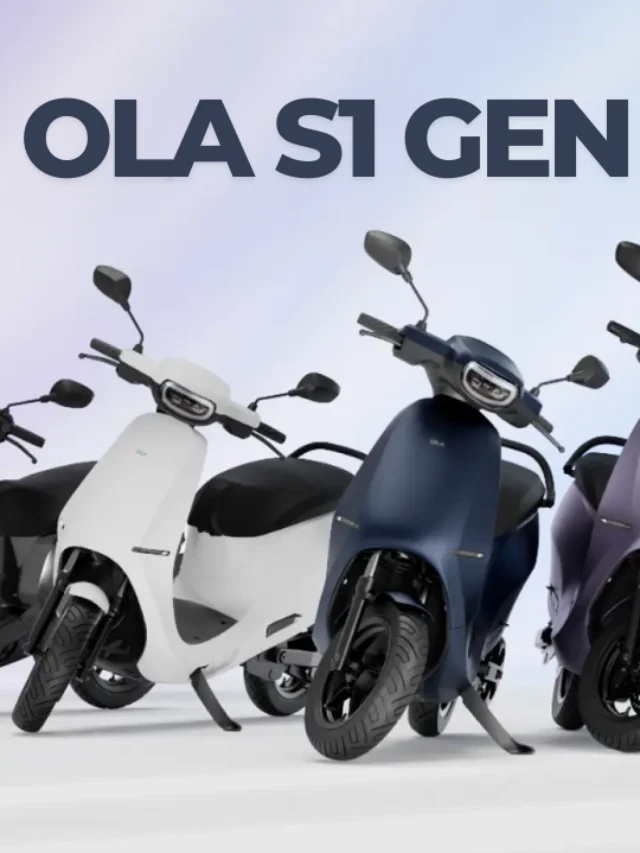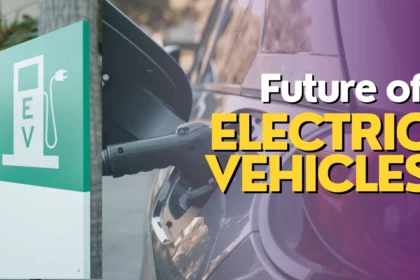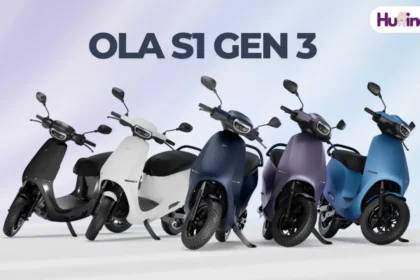India’s automotive industry is experiencing a surge of excitement as October 2025 brings a stellar lineup of new vehicle launches, perfectly timed for the festive season when car buyers traditionally make major purchasing decisions. Leading this automotive celebration are two highly anticipated vehicles: the refreshed Mahindra Thar facelift and the triumphant return of the Skoda Octavia RS, each targeting distinct segments but sharing the common goal of capturing consumer attention during this crucial sales period.
The Mahindra Thar has emerged as one of India’s most successful automotive stories in recent years, transforming from a utilitarian off-road vehicle into a lifestyle statement that appeals to urban adventurers and outdoor enthusiasts alike. The 2025 facelift, launching on October 2nd, represents Mahindra’s commitment to keeping this iconic model fresh and competitive in an increasingly crowded compact SUV segment.
The updated Thar brings several significant improvements across design, features, and performance. The exterior receives subtle but meaningful updates, including a refreshed grille design that maintains the vehicle’s rugged character while incorporating modern elements. New LED headlight signatures provide improved visibility and a more contemporary appearance. Updated bumper designs enhance both aesthetics and functionality, potentially improving approach and departure angles that are crucial for off-road capability.
Interior enhancements focus on addressing previous generation criticisms while maintaining the Thar’s adventure-ready character. Improved seat comfort and support, particularly for longer journeys, represent key upgrades based on customer feedback. The dashboard layout receives updates for better ergonomics and material quality, while maintaining the robust, purpose-built appearance that Thar buyers appreciate. Advanced connectivity features, including updated infotainment systems with smartphone integration, bring the cabin experience in line with contemporary expectations.
Safety improvements likely include enhanced airbag configurations, electronic stability control refinements, and possibly advanced driver assistance systems (ADAS) features that are becoming standard across Mahindra’s lineup. These additions address growing consumer expectations for safety while maintaining the Thar’s core appeal as an adventurous, capable off-road vehicle.
The Skoda Octavia RS represents a different automotive philosophy entirely, catering to enthusiasts who prioritize performance, handling, and European engineering refinement. The RS model’s return to the Indian market on October 17th signals Skoda’s renewed commitment to the performance segment, despite the challenges of bringing niche, high-performance vehicles to price-sensitive markets.
Limited to just 100 units and priced around ₹45 lakh, the Octavia RS positions itself as an exclusive offering for serious driving enthusiasts. The 265-horsepower turbocharged engine delivers performance credentials that few sedans in the Indian market can match, while the sport-tuned suspension, enhanced brakes, and performance-oriented interior create a comprehensive driving experience designed for those who appreciate automotive excellence.
The limited production run strategy serves multiple purposes for Skoda. It creates exclusivity and urgency that can drive immediate sales, allows the company to test market response for potential future performance models, and demonstrates engineering capabilities that may influence perceptions of the broader Skoda lineup. For buyers, the limited availability adds collectible appeal and potential resale value benefits.
The timing of these launches during October reflects deep understanding of Indian automotive market dynamics. The festive season, particularly the period around Dussehra and Diwali, traditionally sees increased consumer spending across categories, including automobiles. Many buyers time major purchases to coincide with festivals, both for auspicious timing and to take advantage of manufacturer incentives and dealer promotions typically offered during this period.
Financing conditions during festive seasons often become more favorable, with banks and financial institutions offering special interest rates and loan terms. Manufacturers frequently provide additional benefits like extended warranties, service packages, or accessory credits that make festive season purchases more attractive. These factors combine to create a concentrated sales period that can significantly impact annual sales figures.
The broader October 2025 launch calendar includes several other significant introductions across different segments. Multiple manufacturers are unveiling everything from entry-level hatchbacks to premium SUVs, creating an unusually competitive environment where brands must differentiate themselves not just on product attributes but also on marketing impact and dealer network execution.
Electric vehicle introductions are becoming increasingly prominent in these launch cycles, reflecting the industry’s broader transition toward electrification. While the Thar and Octavia RS represent traditional internal combustion engine excellence, other October launches include electric and hybrid options that appeal to environmentally conscious buyers and those seeking lower operating costs.
The success of these launches depends heavily on execution across multiple fronts. Production capabilities must align with demand forecasts to avoid inventory shortages that could dampen sales momentum. Dealer training ensures that sales teams can effectively communicate product benefits and handle customer questions. Service network readiness becomes crucial for maintaining customer satisfaction after purchase.
Digital marketing strategies play increasingly important roles in automotive launches, with social media campaigns, influencer partnerships, and virtual launch events complementing traditional advertising approaches. The ability to create buzz and maintain audience engagement throughout the launch period often determines which vehicles capture sustained consumer attention in crowded markets.
Supply chain management represents another critical success factor, particularly given ongoing global semiconductor shortages and other component availability issues that have impacted automotive production worldwide. Manufacturers must balance demand generation with realistic production capabilities to avoid customer disappointment and brand damage.
Customer financing and ownership experience considerations are becoming more sophisticated, with buyers evaluating not just purchase prices but total cost of ownership including maintenance, insurance, resale values, and fuel or energy costs over expected ownership periods. Manufacturers are responding by offering comprehensive ownership packages that address these broader concerns.
The competitive landscape continues evolving rapidly, with new entrants, changing consumer preferences, and technological advancement creating both opportunities and challenges for established players. Success in this environment requires not just excellent products but also agile business strategies, strong customer relationships, and the ability to anticipate and respond to market changes.
As October 2025 unfolds, the automotive industry’s ability to capitalize on festive season enthusiasm while building long-term customer satisfaction will determine which brands and models achieve sustained success beyond the immediate launch period. The Mahindra Thar facelift and Skoda Octavia RS represent two distinct approaches to this challenge, each targeting different customer segments but sharing the goal of creating memorable, satisfying ownership experiences that build brand loyalty for years to come.


























